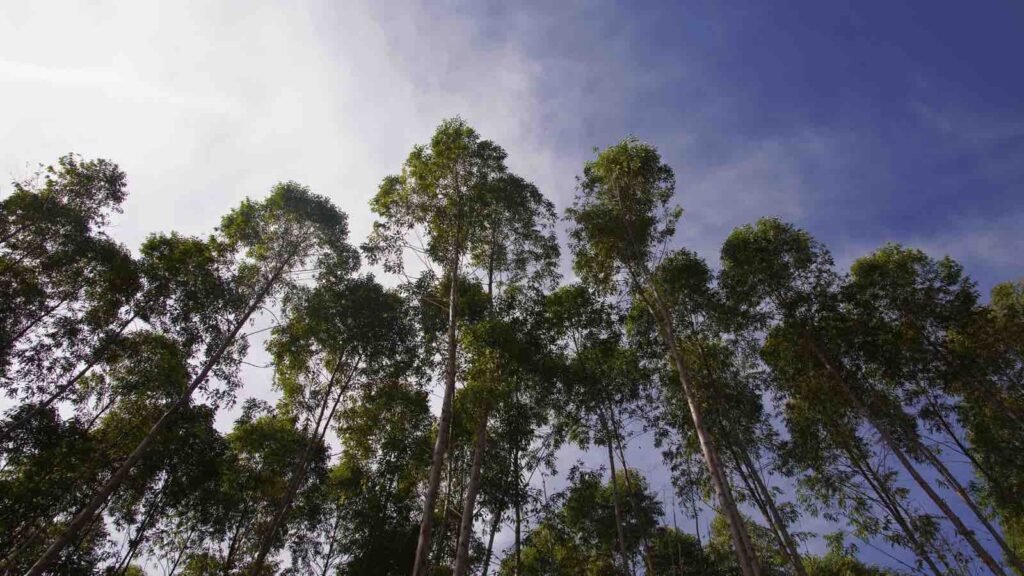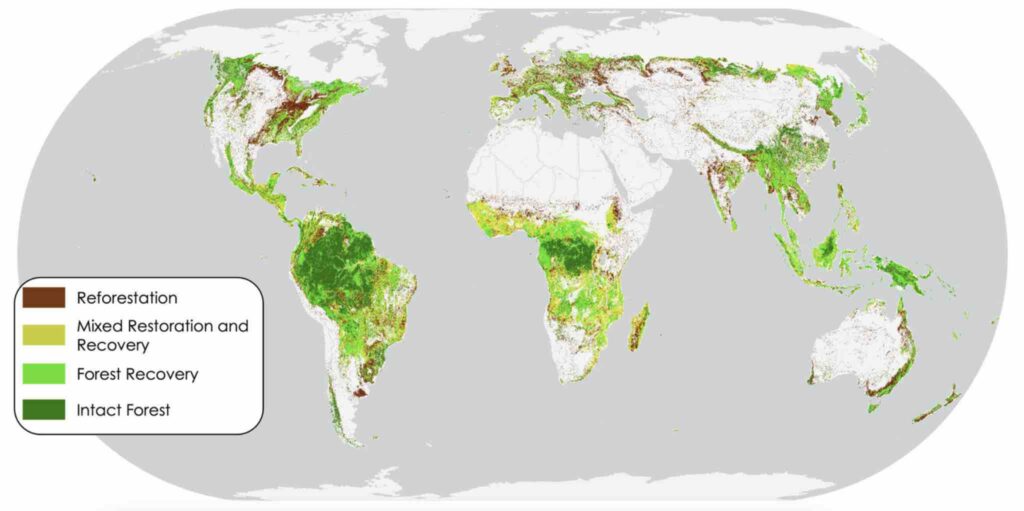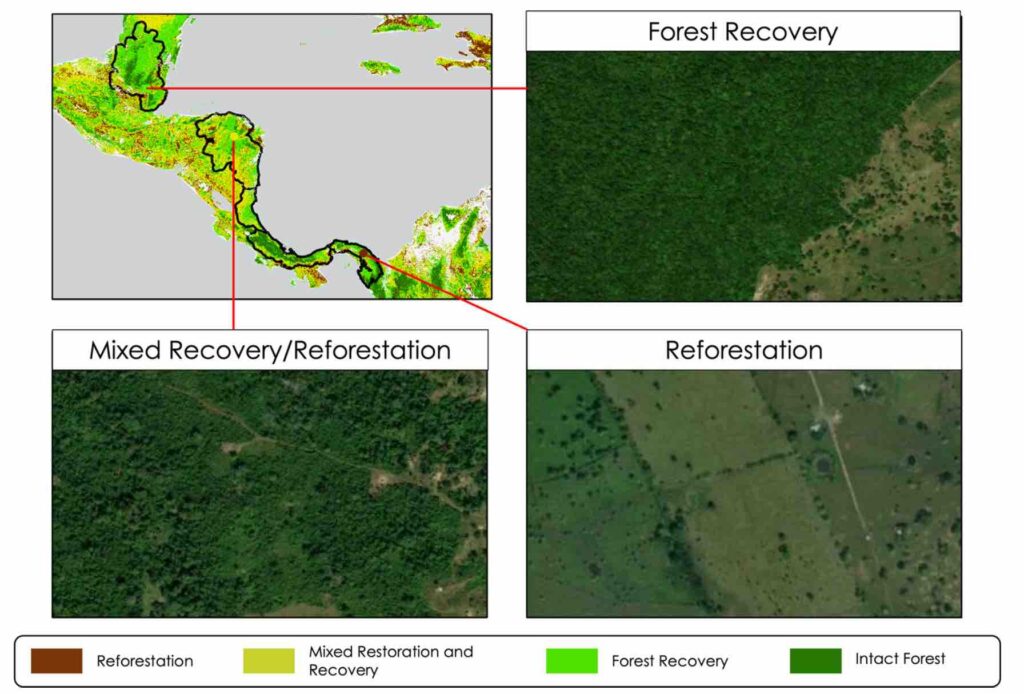With over 1.5 billion hectares of globally degraded forests, scientists assert that focusing on restoration, rather than replanting in deforested areas, can efficiently enhance carbon sequestration.
A pivotal study strongly underscores the urgent need to revitalize degraded forests, spotlighting this strategy as crucial for climate amelioration. The findings illuminate that restoration initiatives focusing on degraded forests, which envelop more than 1.5 billion hectares (or 3.7 billion acres) globally, can effectively enhance forest carbon stocks more proficiently than afforestation efforts in deforested areas. Notably, the study highlights natural regrowth as a cost-effective alternative.
RELEVANT SUSTAINABLE GOALS


Central America’s distinguished “Five Great Forests” have set an ambitious target: rejuvenate 500,000 hectares (1.2 million acres) by 2030. The scholarly analysis identifies a substantial 9.8 million hectares (24.2 billion acres) as paramount for restoration, with a significant 91% of this area comprising degraded forests.
Interestingly, the meticulous restoration of just 5% of these prioritized areas is projected to sequester a remarkable 113 million tons of carbon dioxide. This contribution is equivalent to taking more than 20 million vehicles off the roads for an entire year.
The study accentuates the essential role of community involvement in the planning phases of restoration. It also subtly suggests that current forestry management paradigms, including those prevalent in the timber industry, need to undergo vital transformations to foster sustainable outcomes.
This groundbreaking global analysis ardently advocates for the climate benefits derived from restoring degraded forest areas, as opposed to solely initiating replanting efforts in deforested zones. Researchers have applied innovative mapping technologies to forests worldwide, pinpointing areas with the potential to support increased tree and wildlife populations upon restoration. The analysis reveals that degraded forests, which retain 50-80% of their potential tree density, span over 1.5 billion hectares (3.7 billion acres) globally. Directing restoration efforts towards these compromised ecosystems could yield swift gains in carbon storage and improve wildlife habitat connectivity.
Degraded forests, characterized by reduced canopy cover, biodiversity loss, soil erosion, altered water cycles, heightened susceptibility to pests and diseases, and overall decline in health and functionality, suffer from various factors. These include unsustainable logging, shifting cultivation, wildfires, overgrazing, and the pervasive impacts of climate change. Importantly, the study notes that degraded forests are not only more economical to restore but also facilitate the rapid regeneration (either natural or assisted) of lost carbon stocks.
The research team combined remote sensing data on current tree cover with advanced models of forest biomass potential. This approach enabled them to map the global extent of degraded forests falling below their ideal levels of ecological integrity and carbon stocking. The data suggest that an impressive 3.4 billion hectares (8.4 billion acres) of land worldwide could potentially support additional tree cover.
Applied within Central America’s “Five Great Forests,” the researchers identified 9.8 million hectares (24.2 billion acres) as high-priority candidates for restoration, with 91% being degraded forests. However, the study cautions against rigidly following global mapping results. It advocates for consideration of local constraints, like land ownership and tenure, emphasizing that restoration initiatives must adapt to the specific needs of local and indigenous communities.
Published in Conservation Biology and led by scientists from the Wildlife Conservation Society (WCS), this research builds upon earlier studies. It focuses on the potential for global reforestation and afforestation but adds a new layer by emphasizing tree planting in deforested areas.
With more than 140 global leaders endorsing the Glasgow Leaders’ Declaration on Forests and Land Use, this seminal study offers a valuable blueprint for thinking expansively about how to achieve these pledges most efficiently. It also highlights the need for significant policy shifts, some of which may occur within the timber industry, to support greater forest recovery while continuing timber harvest.
As countries prepare to update their climate action plans under the Paris Agreement in 2025, the study advocates for the inclusion of degraded forests in strategic restoration planning. This approach offers a robust, nature-based solution designed to meet carbon, biodiversity, and socioeconomic goals through transparent processes that respect local rights and tenure.
Lead image courtesy of Gabriel Mendes from Getty Images; image of Eucalyptus Reforestation.
You may also be interested in :
Forest Restoration : How Human Intervention Accelerate Ecosystem Recovery In Borneo Rainforest




